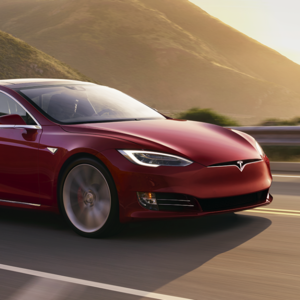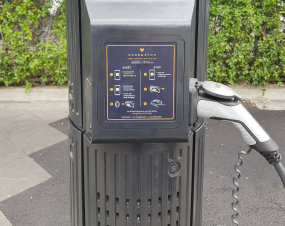Since last year Tesla have been recording and publishing the safety statistics from their global user fleet. 2019 1st quarter results are strong across the board, but particularly impressive is the low accident rate for Teslas running their self-driving Autopilot system. We take a look at the data to see how it stacks up — and what it means for the future of self-driving EVs in Australia.
Safety stats
Tesla recently published their Q1 2019 vehicle safety report, revealing a rate of one accident per 2.87 million miles (4.47 million kilometres) driven with their Autopilot self-driving system engaged. That figure is extremely impressive, especially given the corresponding rate of one accident per 1.76 million miles (2.83 million kilometres) driven without Autopilot.
Those values were obtained from Tesla’s current global fleet over 10 billion miles of user data, including more than one billion miles driven on Autopilot. For comparison, the US-based National Highway Traffic Safety Administration estimates a nationwide rate of one accident per 436,000 miles (701,000 kilometres) for all vehicles driven in the States.
The data presents a pretty compelling case for the safety of self-driving functionality. That said, the version of Autopilot used by Teslas today is not a fully self-driving system. Users can engage Autopilot during highway driving for automated lane steering and adaptive cruise control, as well as for the “summon” feature in carparks. These are all relatively ideal conditions for self-driving, well away from congested urban roads or unstable rural surfaces.
And while the rates given are certainly better than US standards, it’s unclear exactly how applicable they are to Australian driving conditions. American roads are noticeably more dangerous than ours overall; 2017 national survey data shows 11.4 vehicle accident fatalities per 100,000 road users in the US, more than double the rate of 5.0 per 100,000 recorded during the same period in Australia.
Driving change
Despite the ambiguities of the data, we can at least be confident that steps are being taken toward safer self-driving cars — and Tesla aren’t the only ones working on it. GM are trialling driverless cars in San Francisco, Lyft are offering self-driving ride-shares in multiple US cities, and multiple major automakers have developed prototypes and concepts using their own versions of the technology.
Australia has seen a number of driverless vehicles trialled on our roads. Tests have already revealed a number of unique challenges for self-driving software in Australia including kangaroos’ unique movement patterns, our unsealed regional roads, and the many road trains on highways nationwide. If automakers can overcome these obstacles and pass laws similar to those proposed by the National Transport Commission, Australia is likely to see self-driving cars available in the next few years.
Tesla’s EV offerings are already slated to receive full self-driving functionality as Autopilot gets upgraded. Elon Musk has revealed the price of self-driving technology from Tesla is likely to “increase substantially” starting this May. We’ve still yet to see the Model 3 land in Australia, so the impact this will have for Aussie buyers isn’t clear.
Do you want to hear more about driverless EVs? Let us know and be sure to check back in at https://jetcharge.nz/blog for more EV industry news and updates.



